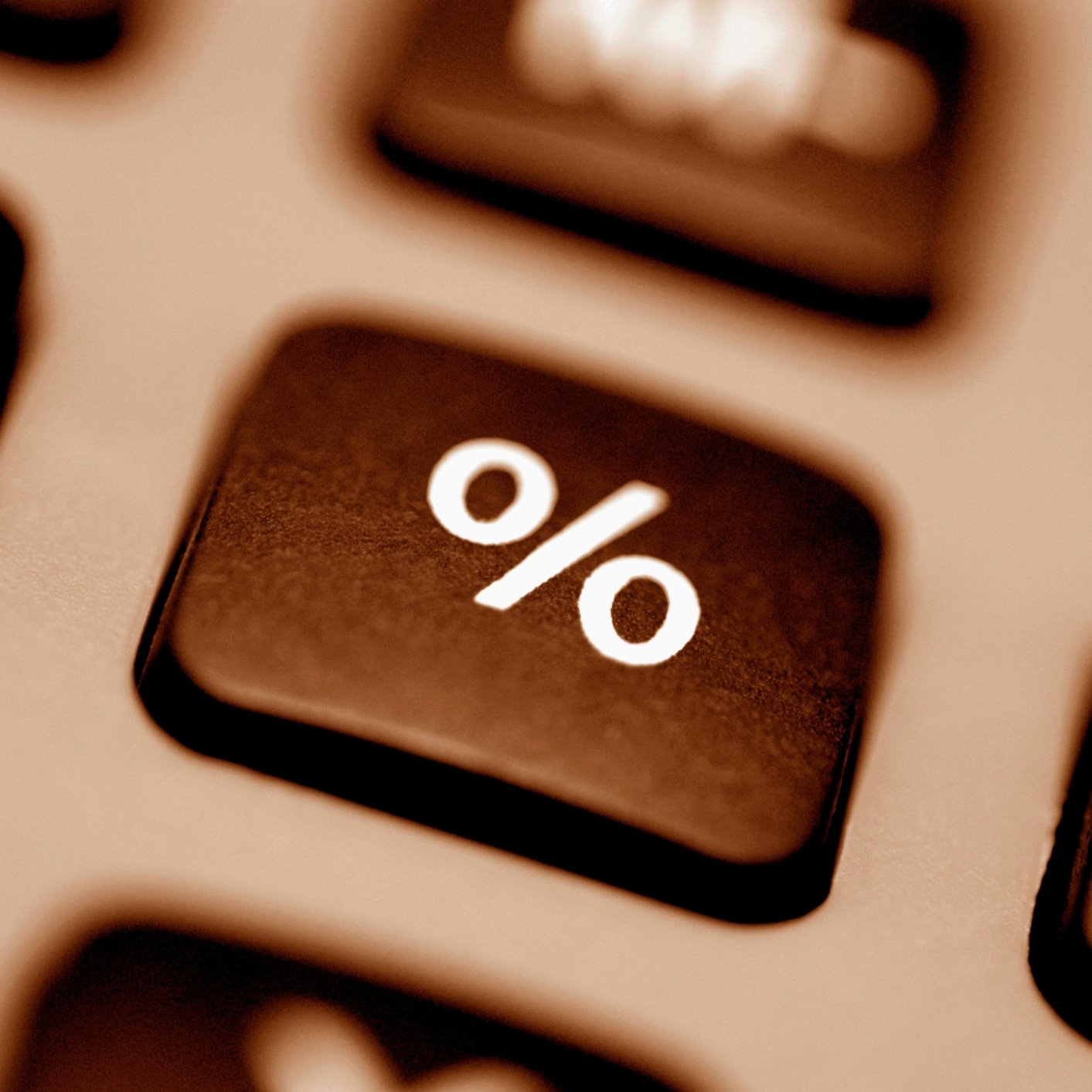Economy
High-Impact Market Possibilities After First Federal Reserve Rate Hike

Published:
Last Updated:

One very good thing about history is it is always there when you need to review how an economic event could play out against the existing landscape for investing. With the probability of the Federal Reserve raising interest rates next week at 75%, pundits are weighing in across Wall Street with everything from doomsday scenarios to a strategic yawn.
With the Fed expected to raise rates a measly 25 basis points, or one-quarter of 1%, the impact will be minimal. In addition, most think that the Fed will have a very slow, measured and deliberate rate hike schedule. A new research note from Credit Suisse highlights the possible impact across markets of the first rate hike.
1) The purpose of the Fed rate hike is, in the Credit Suisse view, benign. It may be to prevent asset bubbles and to create room for easing when the inevitable next recession hits. The purpose is also not to slow inflation by slowing growth. In turn, the rate rise should not signal a bear market until the yield curve inverts or the United States reaches real full employment.
2) This is a new ball game. The first Fed rate hike has never been so late after the U.S. economic and profit cycle has lifted. The Fed usually hikes when ISM orders are near 60 — they are currently at 48.
3) Usually Fed rate hikes are the harbinger of a market sell-off, and historically that has triggered sell-offs at the 7% level. That said, it rarely has marked the end of a bull market, with averages usually up in the 2.2% range six months later. The U.S. markets have always underperformed in the six months after a rate hike.
4) Bond yields are expected to rise, and currently the market is more optimistic than the Fed for the end of 2016.
6) Cyclicals typically outperform in the first two to six months after the first rate hike. Financials also look like a good bet after the hike and could outperform cyclicals due to the late economic stage of the event.
7) Growth has outperformed in two out of the past three Fed tightening cycles, and the Credit Suisse team thinks that’s the case again this time.
8) Bond proxies, like real estate investment trusts (REITs), utilities and of course master limited partnerships (MLPs), could get hit. Needless to say the MLPs already have.
While none of this is earth-shaking, or overly provocative, the Credit Suisse team has given investors a great look back at how things shook out in the past. It’s a good bet they could break this way again this time.
Are you ready for retirement? Planning for retirement can be overwhelming, that’s why it could be a good idea to speak to a fiduciary financial advisor about your goals today.
Start by taking this retirement quiz right here from SmartAsset that will match you with up to 3 financial advisors that serve your area and beyond in 5 minutes. Smart Asset is now matching over 50,000 people a month.
Click here now to get started.
Thank you for reading! Have some feedback for us?
Contact the 24/7 Wall St. editorial team.